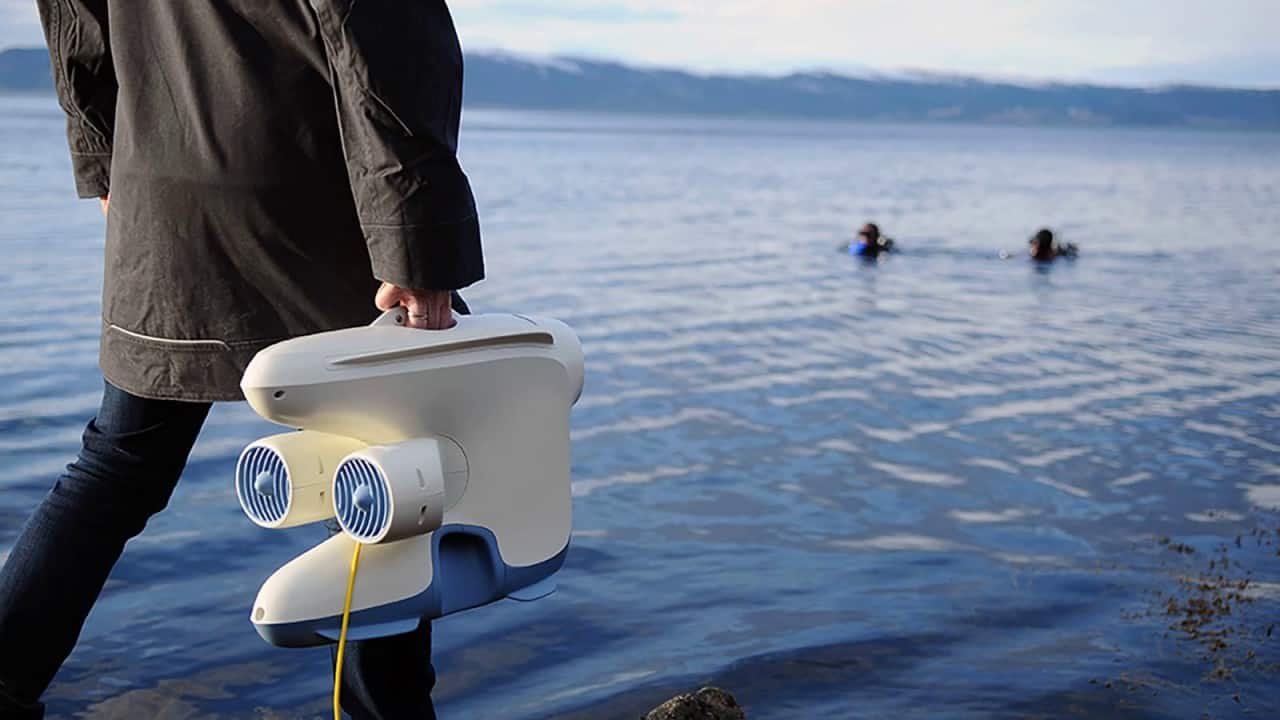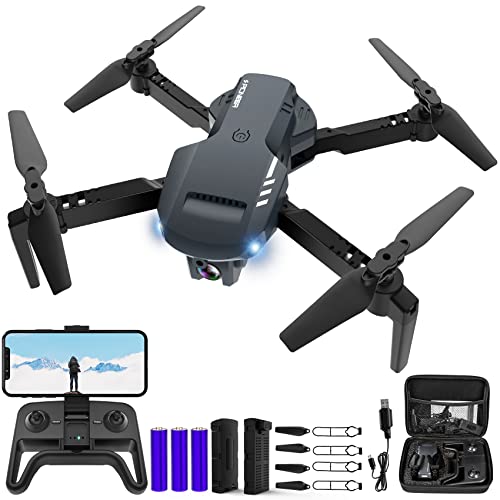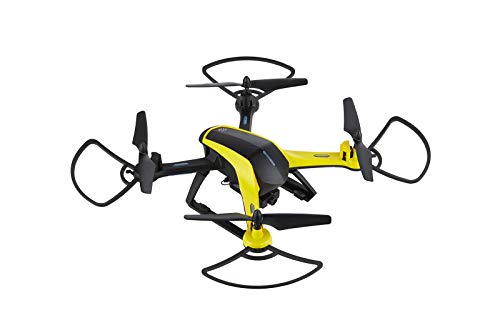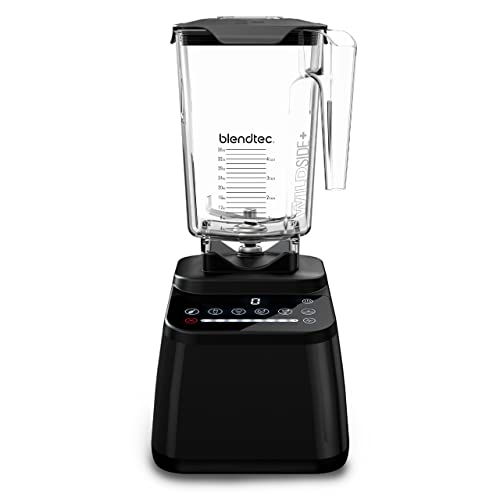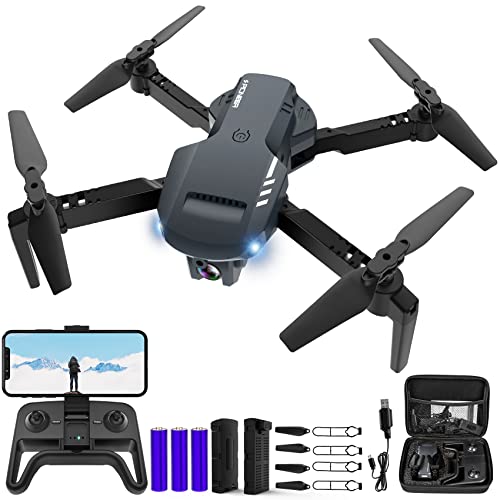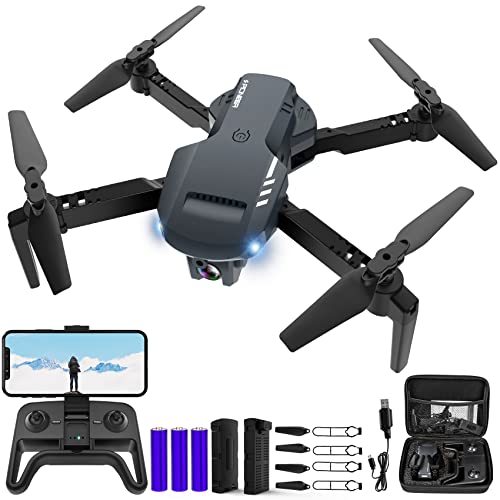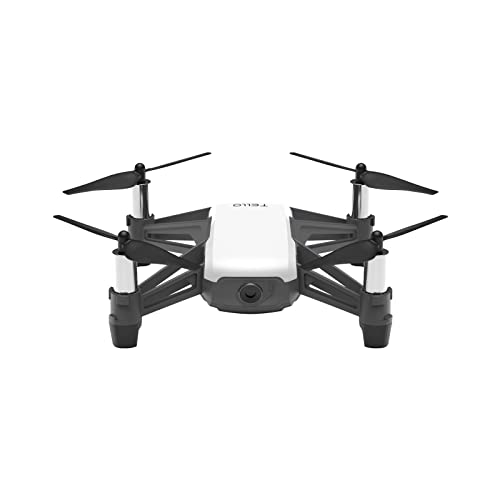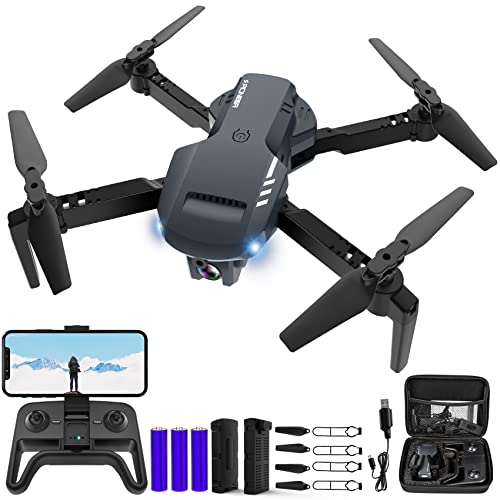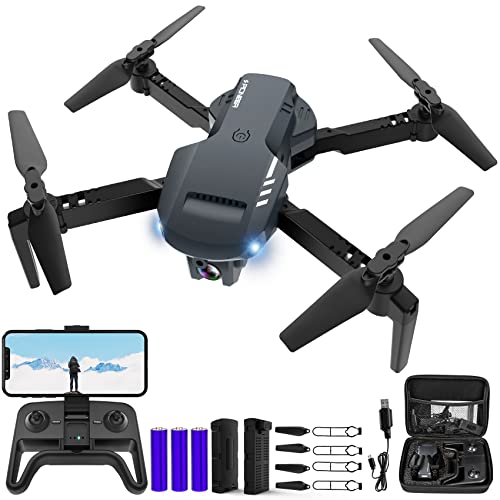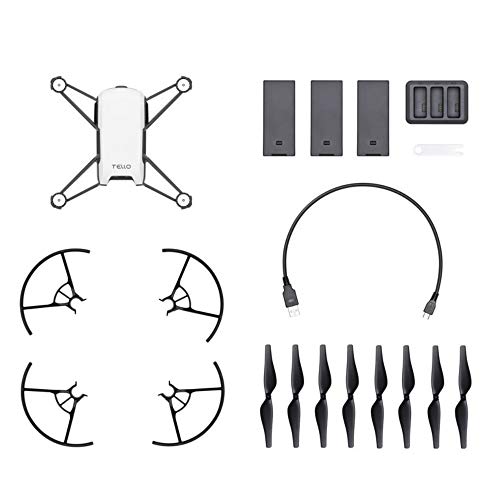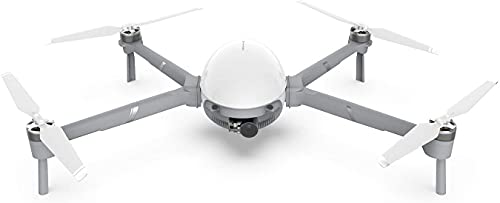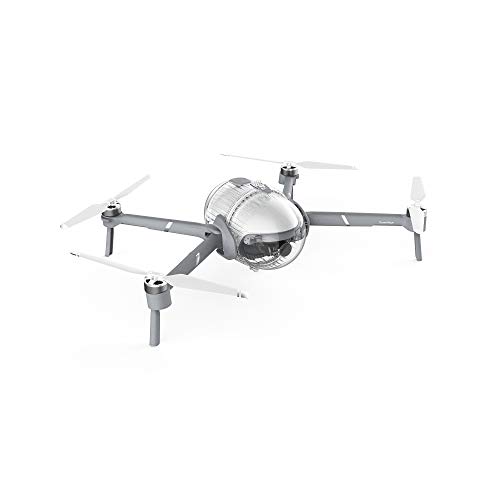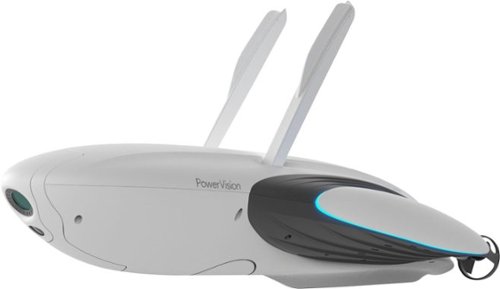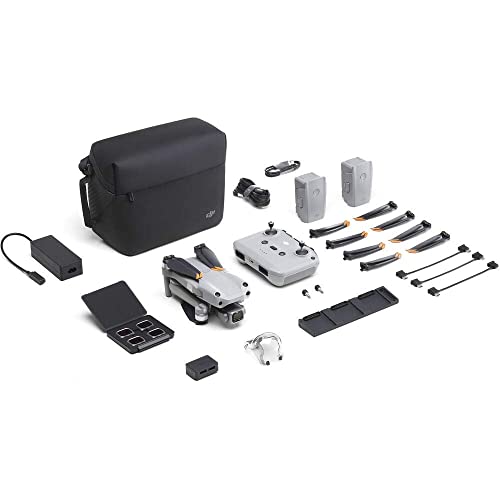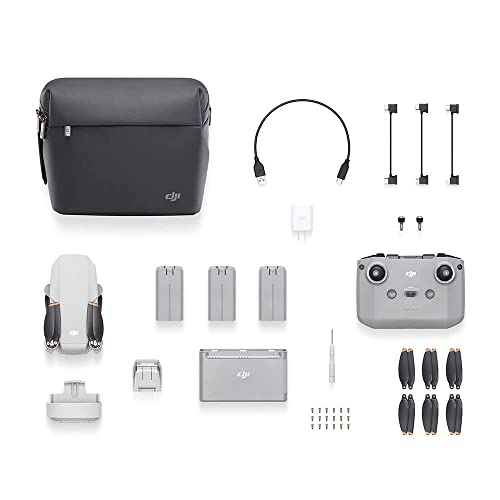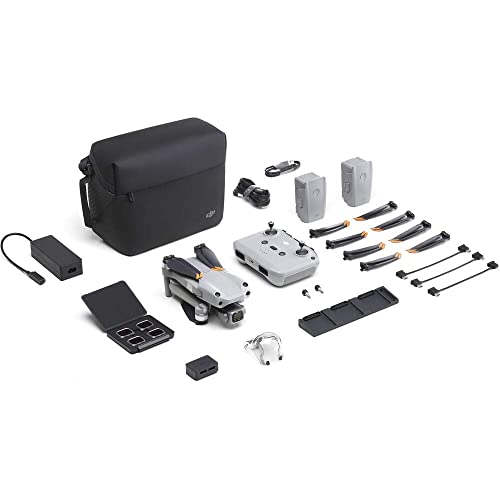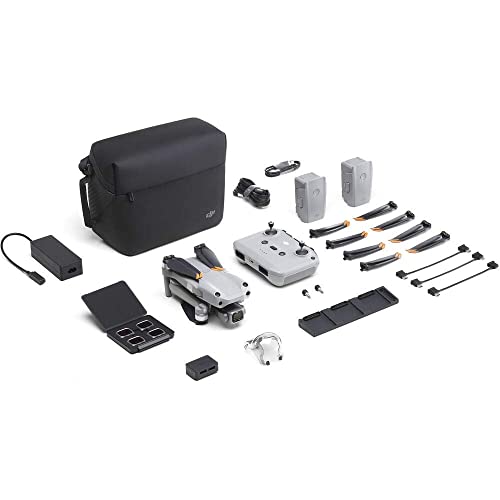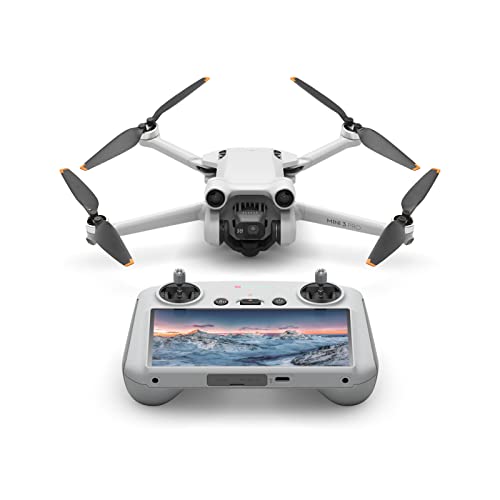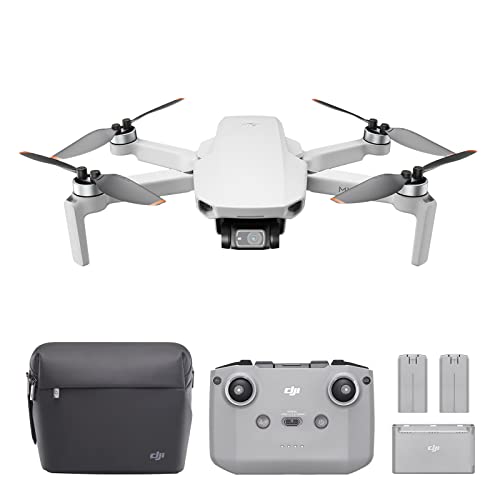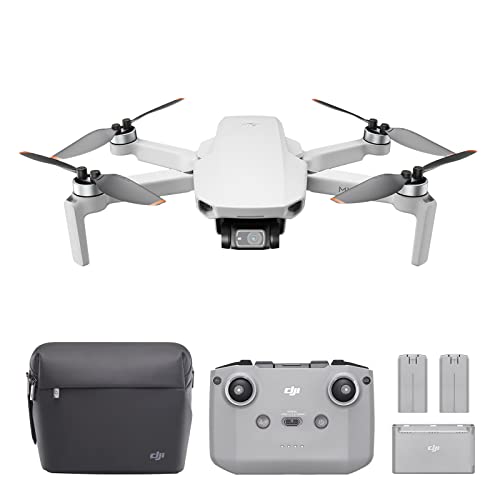If you are new to the world of uncrewed aerial flight vehicles, you may look to compare FPV drones vs. GPS drones. Some of the best drones, after all, come with one navigation system or the other. So what are the benefits of each type and what kind of drone is right for you? Keep reading to find out.
KEY TAKEAWAYS:
- GPS drones use GPS sensors to navigate remotely while FPV drones rely on a front-facing camera during flight time.
- It is possible to turn a GPS drone into its FPV counterpart by adding a camera and accessing unique software to control the brushless motors.
- FPV drones offer slightly improved obstacle detection, as it is performed manually by the user, and excel with headless mode drone racing.
Differences Between GPS Drones and FPV Drones
The main difference here is not in the drone’s design, but rather how it is controlled during flight, if you are wondering how drones follow you. GPS drones are typically controlled from the point of view of the pilot from the ground using a remote control device or an app. FPV drones are controlled from the point of view of the cockpit, and this information is relayed via an onboard camera. All FPV drones use this method of control, even if you are comparing a 4s vs 6s FPV drone.
Insider Tip
No matter which you choose, make sure your drone is properly charged before taking it out into the sky.
Integration
The vast majority of drones offer a GPS-based control method right out of the box, even if you are looking for the best fixed-wing drone. To operate as an FPV vehicle, the drone needs a front-facing cockpit camera, and not every drone has this feature. However, most drones can be outfitted with a third-party camera to suit this task and software can be downloaded to complete the transformation process, so you can turn the leading follow-me drone into an FPV model with ease.
Obstacle Detection
In general, FPV drones offer increased obstacle detection, though it is done manually. You’ll have a cockpit view as you fly, allowing you to avoid any potentially dangerous scenarios. Most GPS drones are outfitted with some kind of obstacle avoidance tech, but technology fails and some pilots prefer to rely solely on their own eyesight and lightning-fast control impulses.
Additional Features
Most GPS drones leverage their navigational technology to offer additional features like follow-me modes and return-home modes. These modes are not always available with FPV drones, due to the unique navigational control scheme. However, if you are simply using an FPV control scheme and you’ve added this technology after the fact to your GPS drone, it is likely you’ll still be able to access these control modes.
F.A.Q.S
Does your drone need GPS?
In general, most conventional drones benefit from GPS technology, from mainstream drones to an RC quadcopter and beyond.
GPS makes everything better?
GPS is certainly useful for brushless motor drones and any model that makes for delightful children. However, GPS drones and other conventional drones may not excel with drone racing, though they excel with aerial photography.
What is an auto return to home (RTH)?
This feature sends the drone back to the controller, no matter if it is a foldable drone or a high-end model like a Holy Stone GPS drone or Holy Stone HS710 drone.
STAT: FPV pioneer Jesse Perkins is often credited with the invention of the legendary “Tiny Whoop” aircraft, one of the first FPV drones ever made. (source)

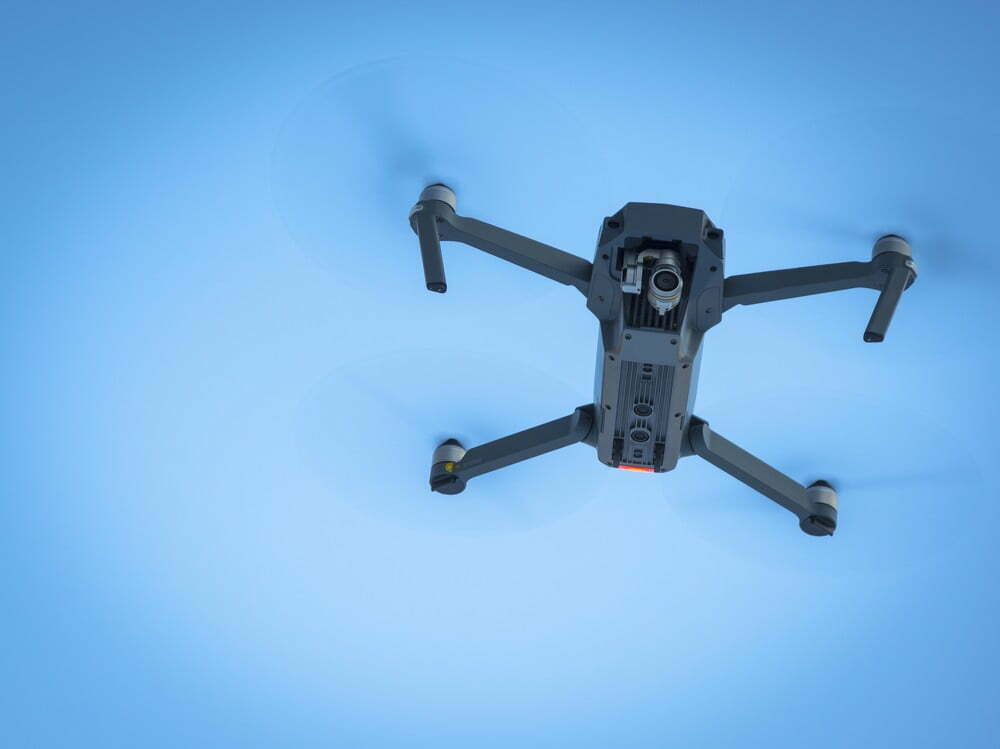












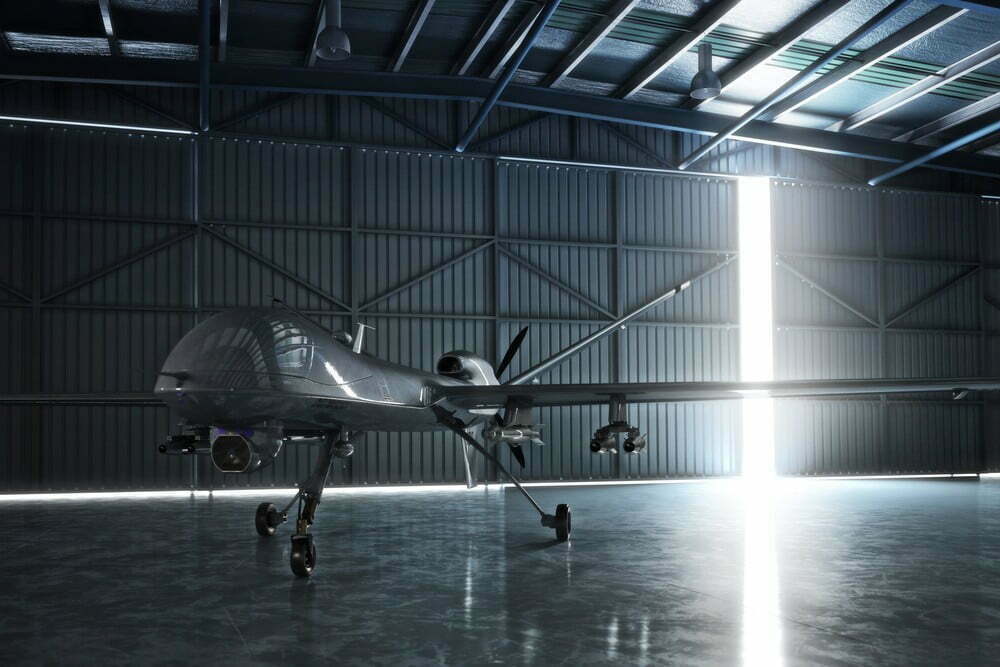
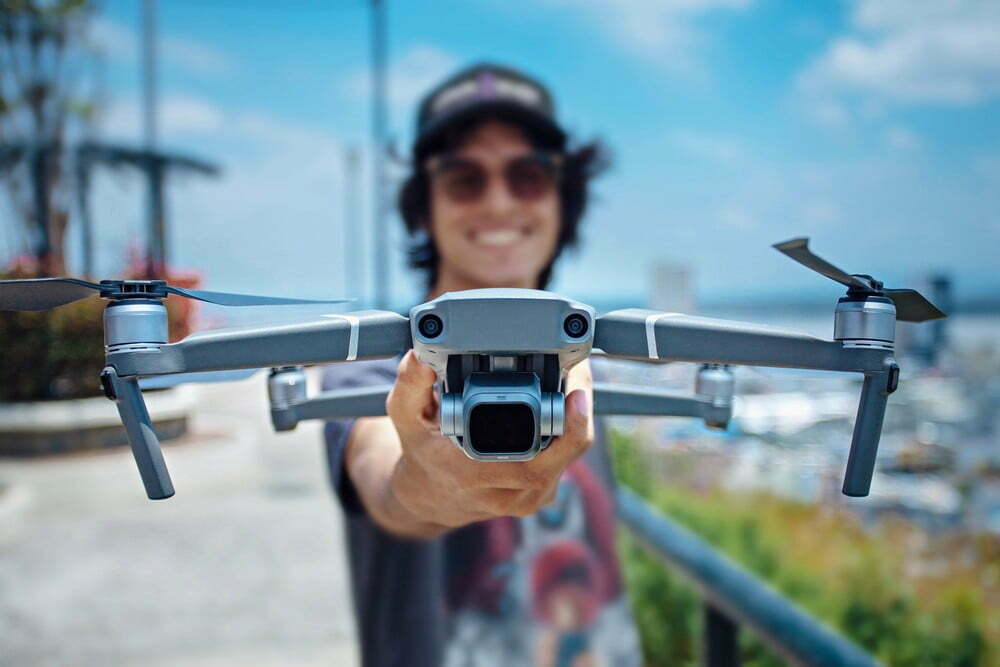
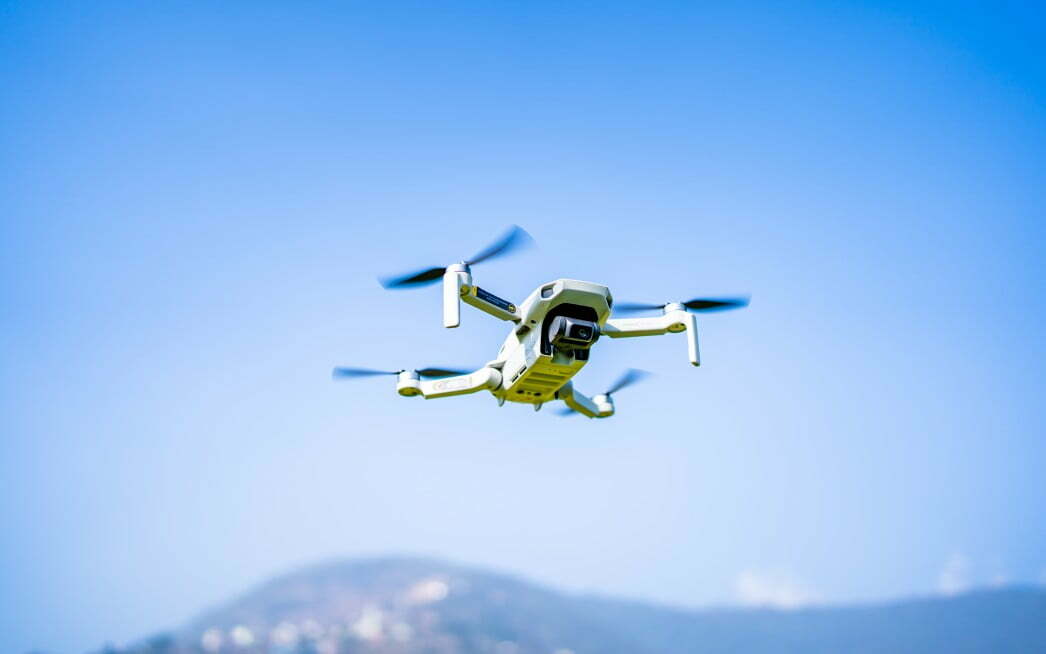
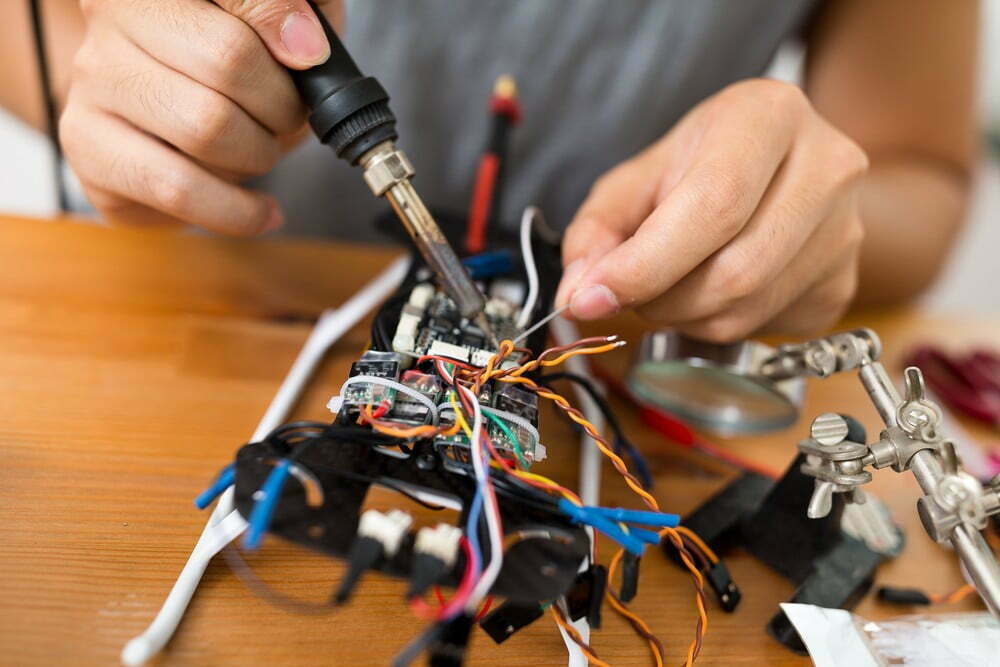
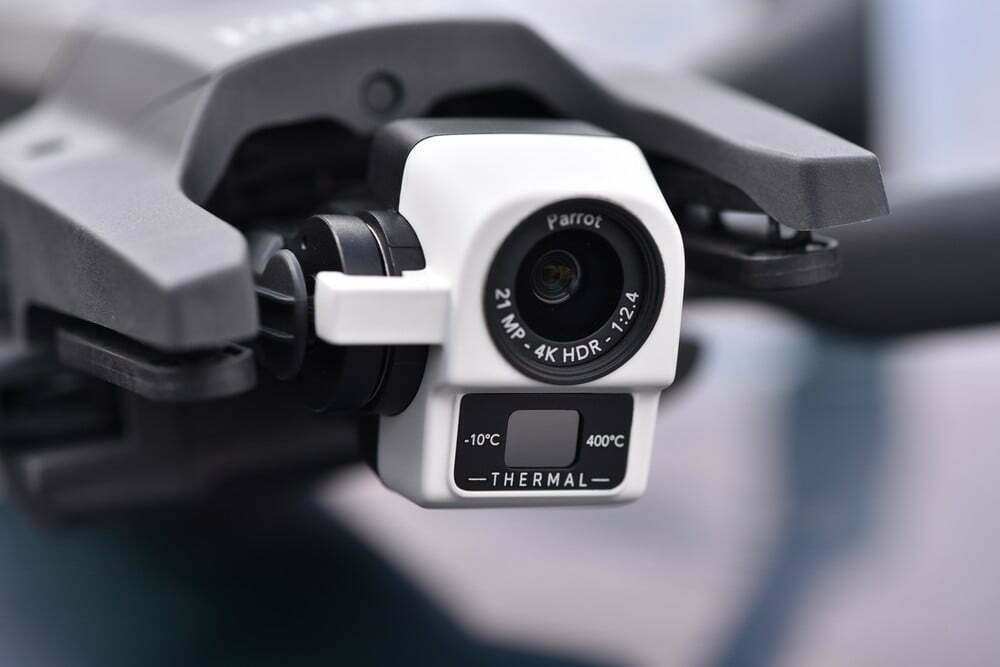
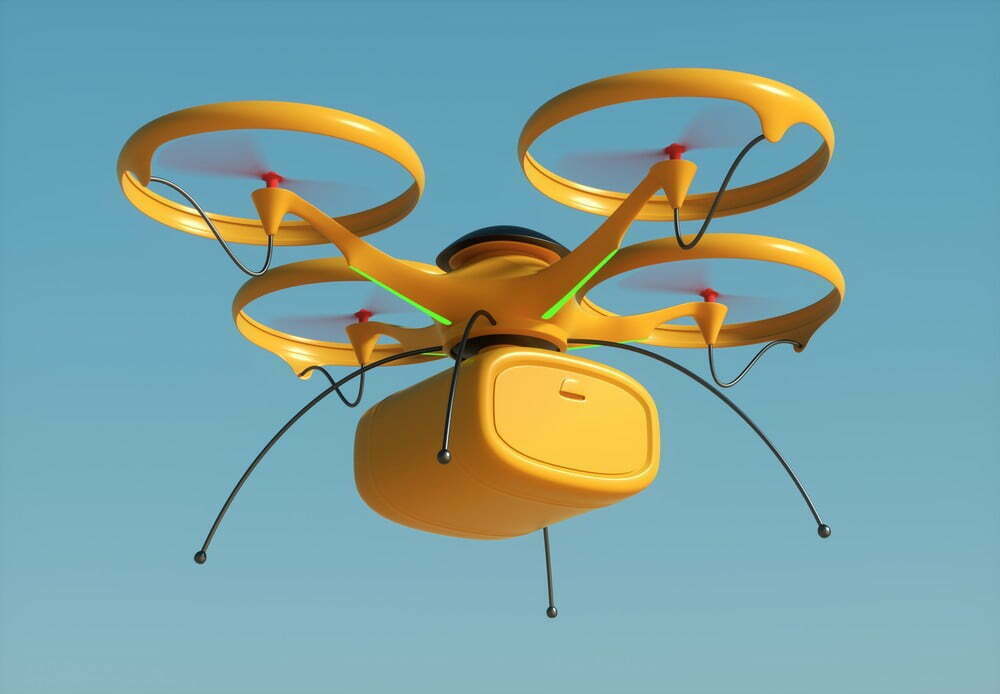
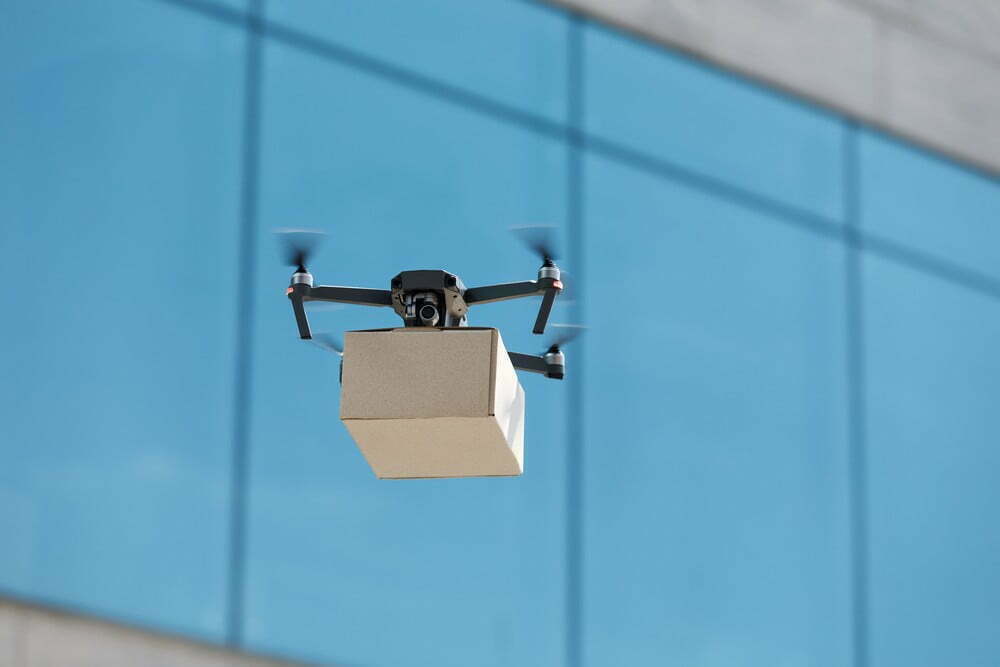
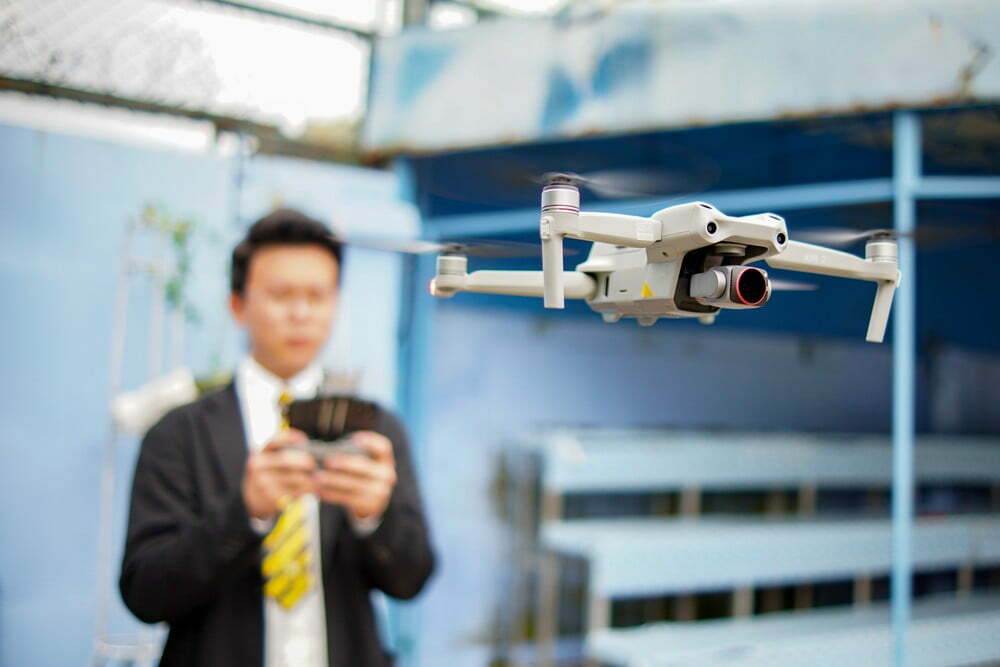
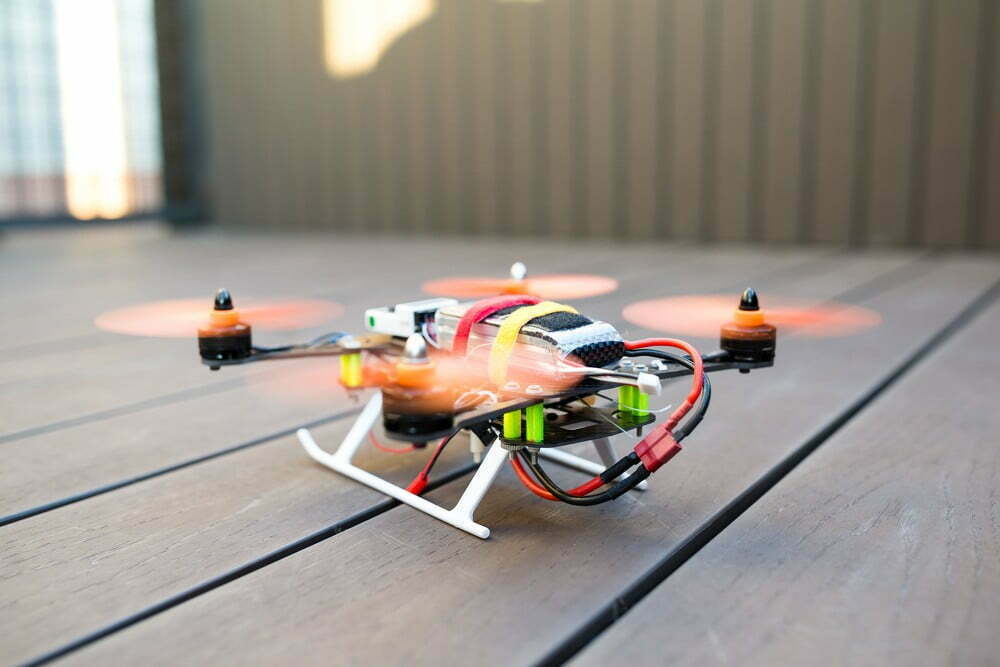
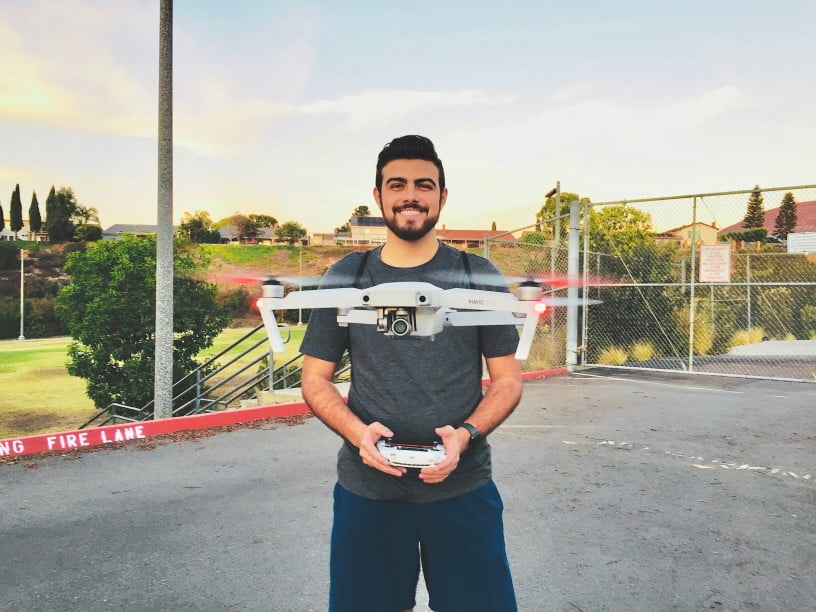
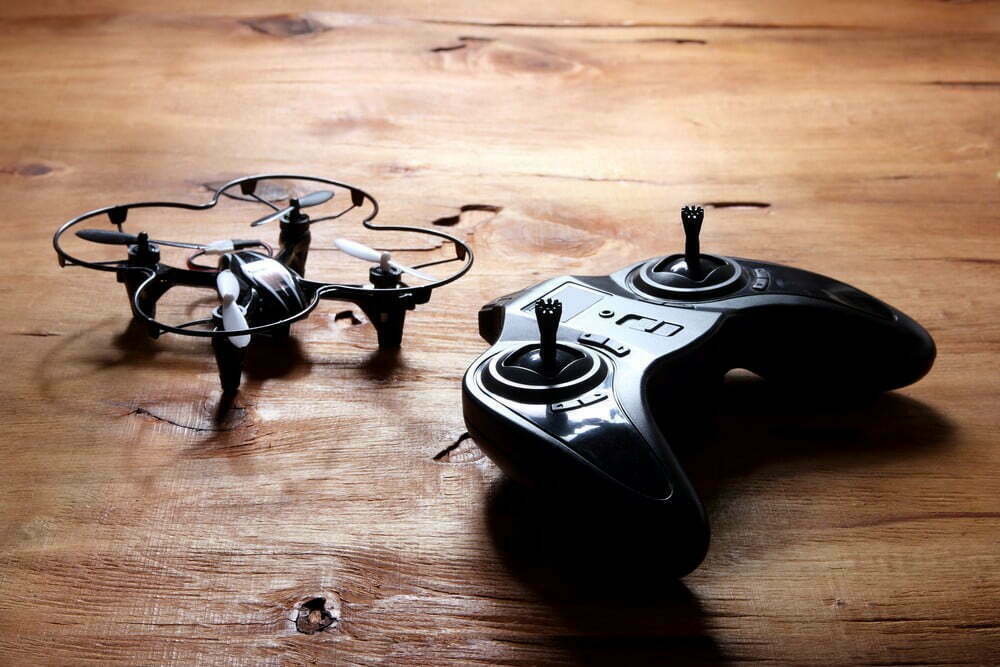
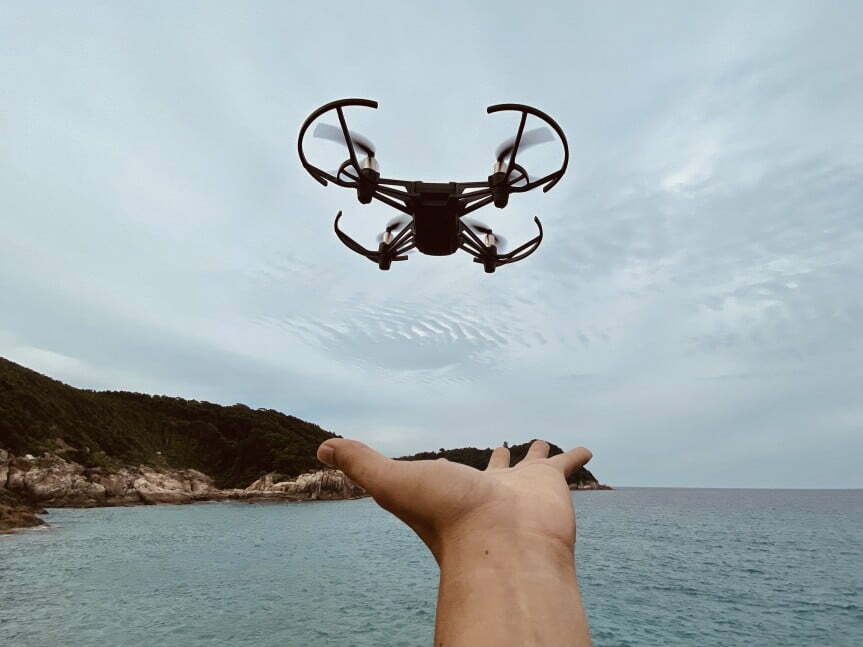
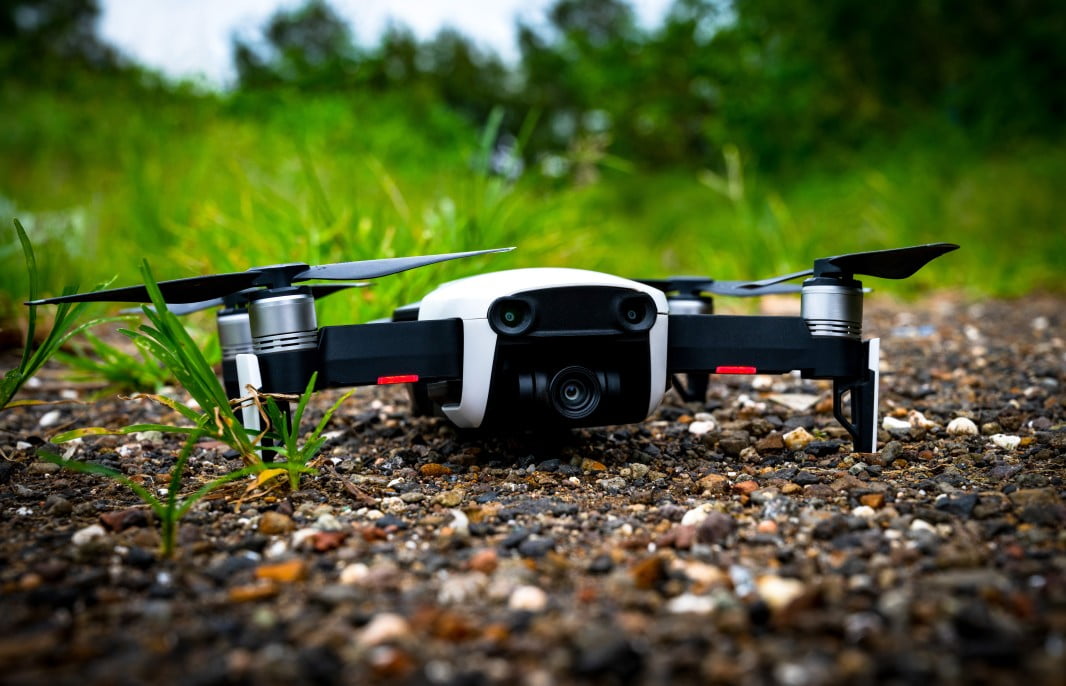
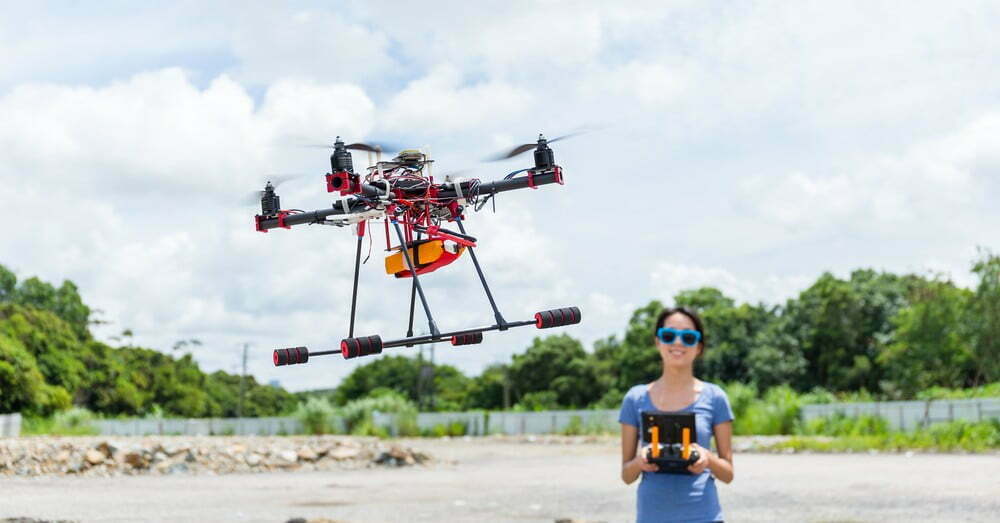
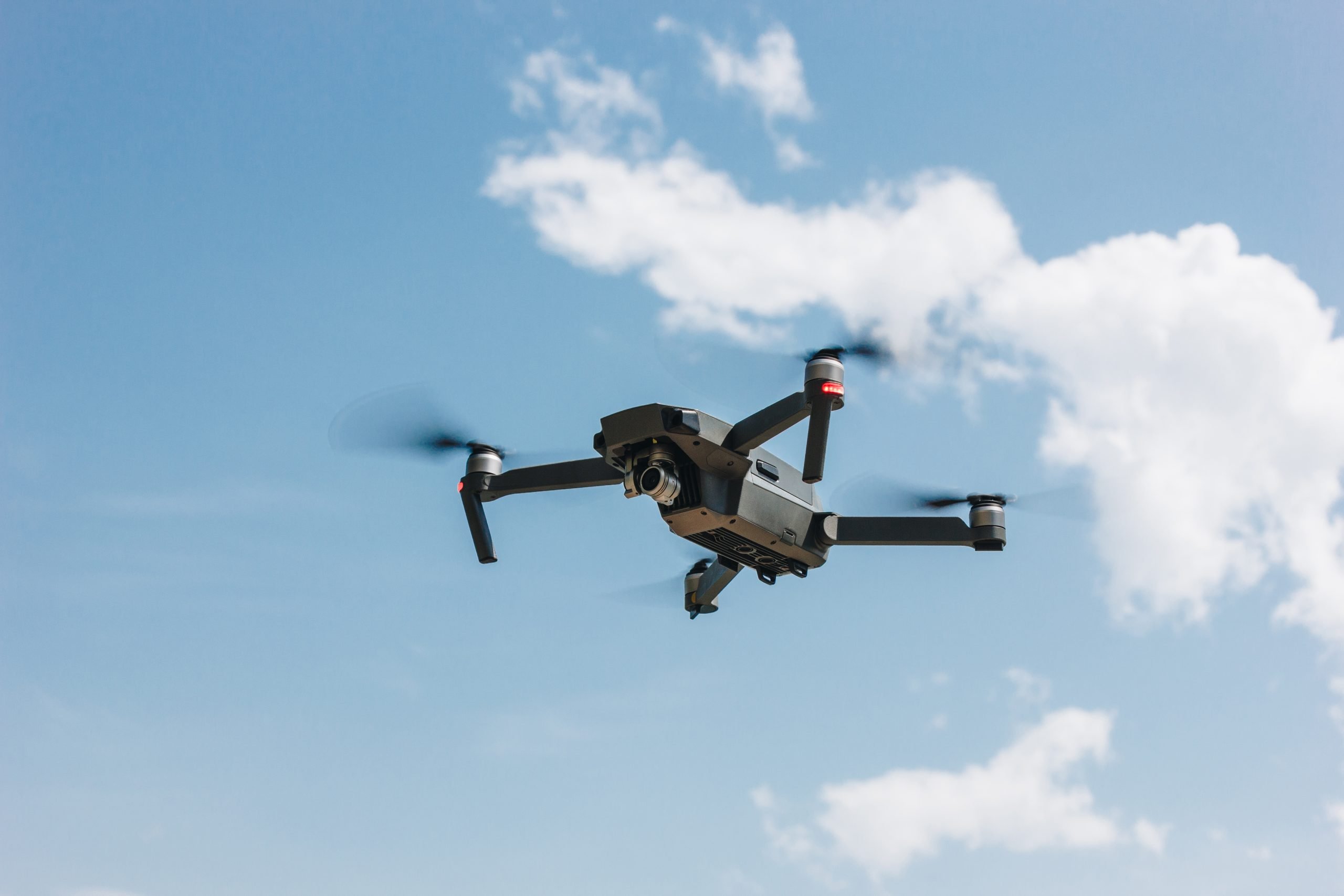
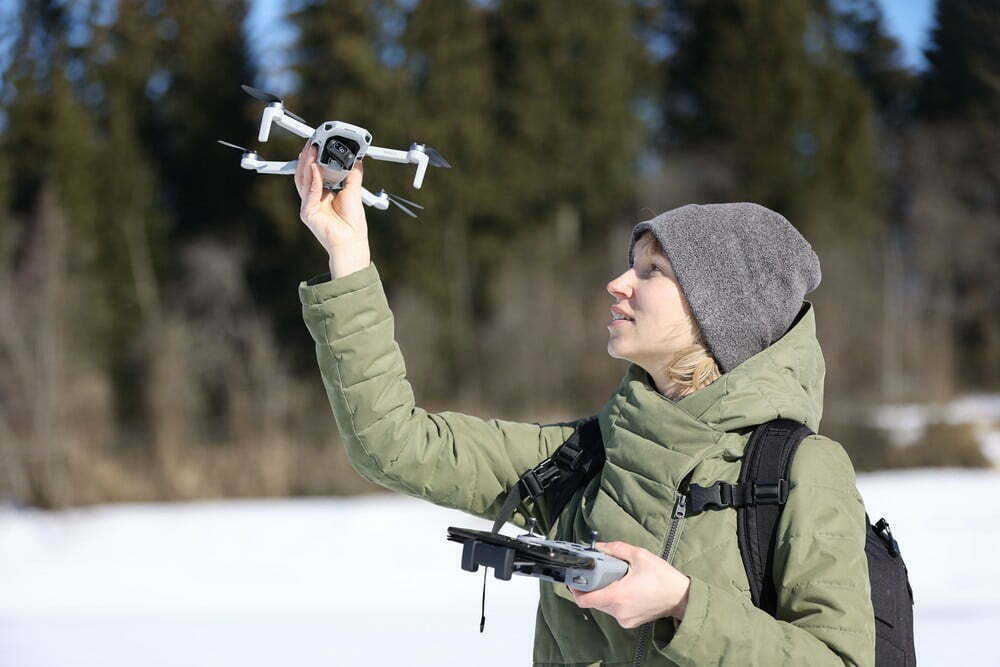
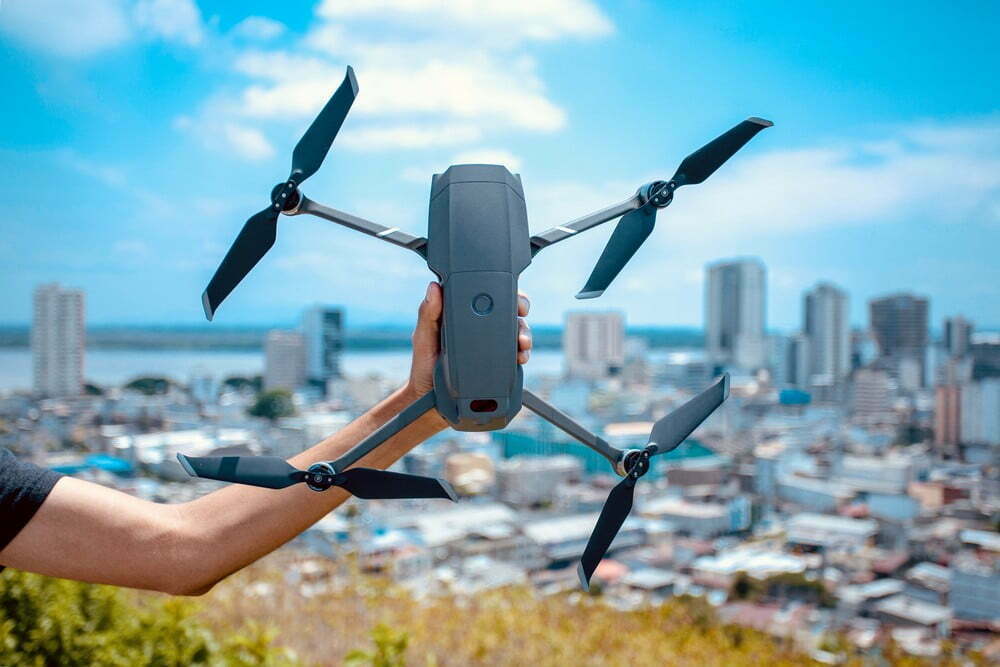
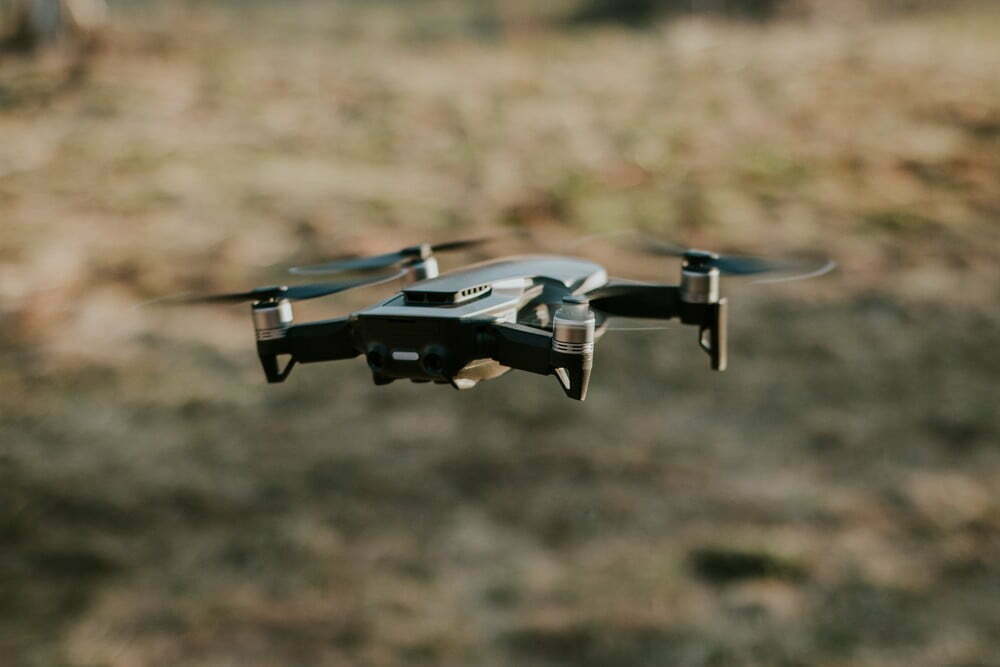
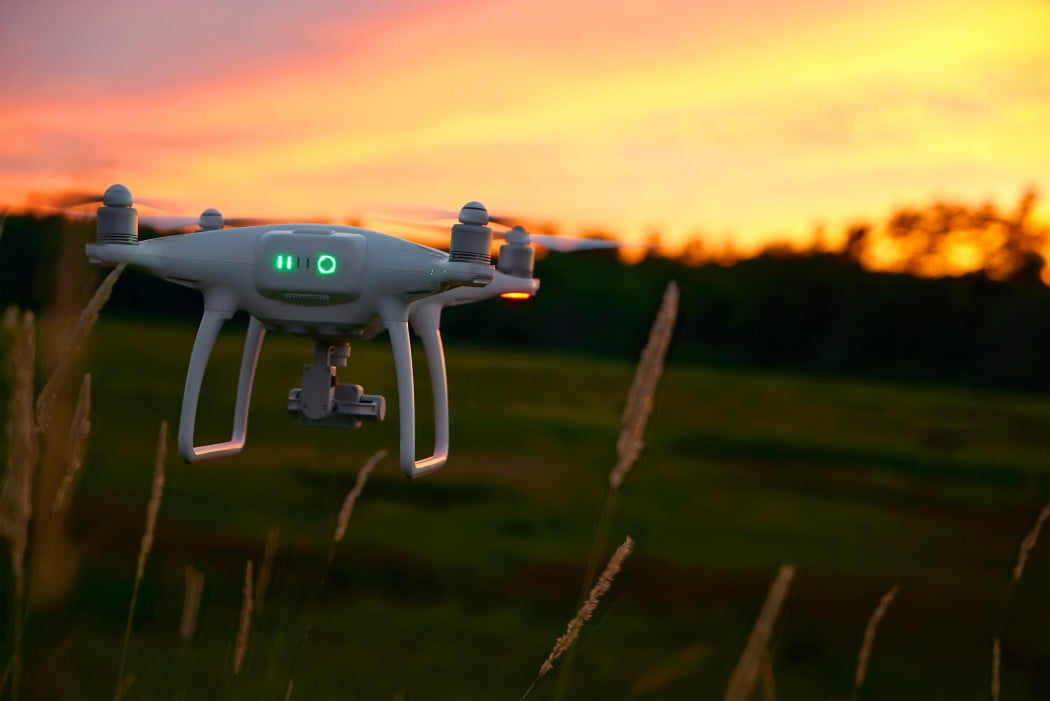
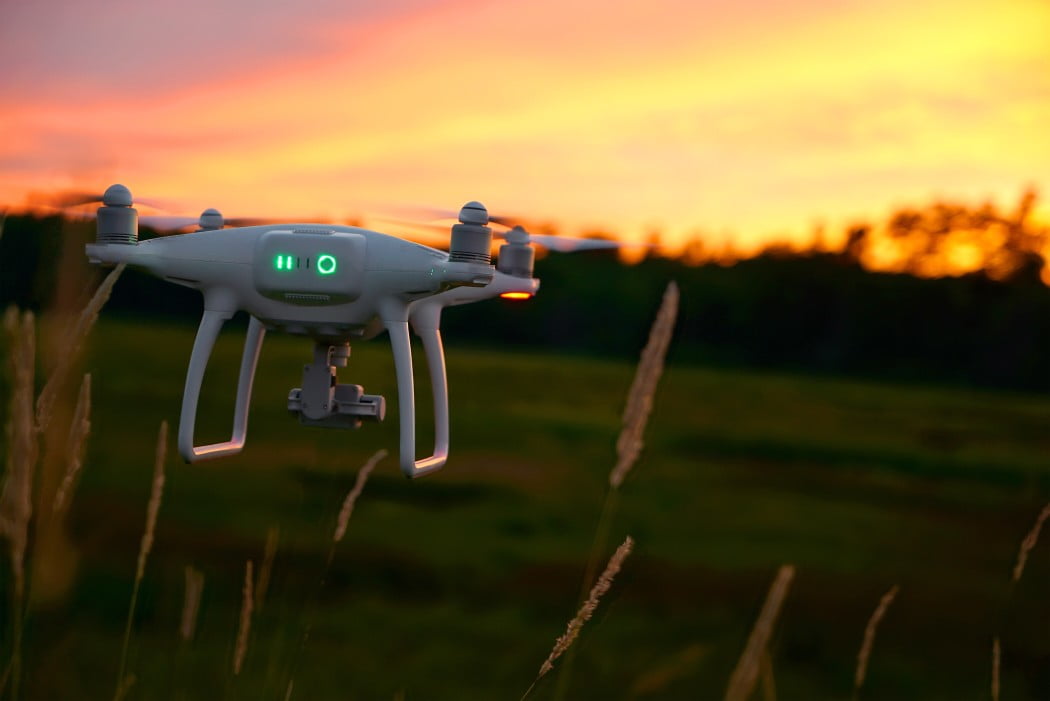
![Best Drones Under the Cost of Ferrari in [year] 26 Best Drones Under the Cost of Ferrari in 2025](https://www.gadgetreview.dev/wp-content/uploads/image-test-3.jpg)
![10 Best VR Drones in [year] 27 10 Best VR Drones in 2025](https://www.gadgetreview.dev/wp-content/uploads/Best-VR-Drone.jpg)
![10 Best Drones for Beginners in [year] 28 10 Best Drones for Beginners in 2025](https://www.gadgetreview.dev/wp-content/uploads/Best-Drones-for-Beginners.png)
![10 Best Indoor Drones in [year] 29 10 Best Indoor Drones in 2025](https://www.gadgetreview.dev/wp-content/uploads/Best-Indoor-Drone.jpeg)
![10 Best FPV Racing Drones in [year] 30 10 Best FPV Racing Drones in 2025](https://www.gadgetreview.dev/wp-content/uploads/Best-FPV-Racing-Drone-scaled-1.jpg)
![10 Best Selfie Drones in [year] 31 10 Best Selfie Drones in 2025](https://www.gadgetreview.dev/wp-content/uploads/Best-Selfie-Drones.jpg)
![10 Best Drones for GoPro in [year] 32 10 Best Drones for GoPro in 2025](https://www.gadgetreview.dev/wp-content/uploads/Best-Drone-for-GoPro-scaled-1.jpg)
![10 Best Drones for Kids in [year] 33 10 Best Drones for Kids in 2025](https://www.gadgetreview.dev/wp-content/uploads/Best-Drone-for-Kids-scaled-1.jpg)
![10 Best Professional Drones in [year] 34 10 Best Professional Drones in 2025](https://www.gadgetreview.dev/wp-content/uploads/Best-Professional-Drone.jpg)
![10 Best Fixed Wing Drones in [year] 35 10 Best Fixed Wing Drones in 2025](https://www.gadgetreview.dev/wp-content/uploads/Best-Fixed-Wing-Drone.jpg)
![10 Best Follow Me Drones in [year] 36 10 Best Follow Me Drones in 2025](https://www.gadgetreview.dev/wp-content/uploads/Best-Follow-Me-Drone.jpg)
![10 Best Foldable Drones in [year] 37 10 Best Foldable Drones in 2025](https://www.gadgetreview.dev/wp-content/uploads/best-foldable-drones.jpg)
![10 Best Drones for Travelling in [year] 38 10 Best Drones for Travelling in 2025](https://www.gadgetreview.dev/wp-content/uploads/best-drones-for-travelling.jpg)
